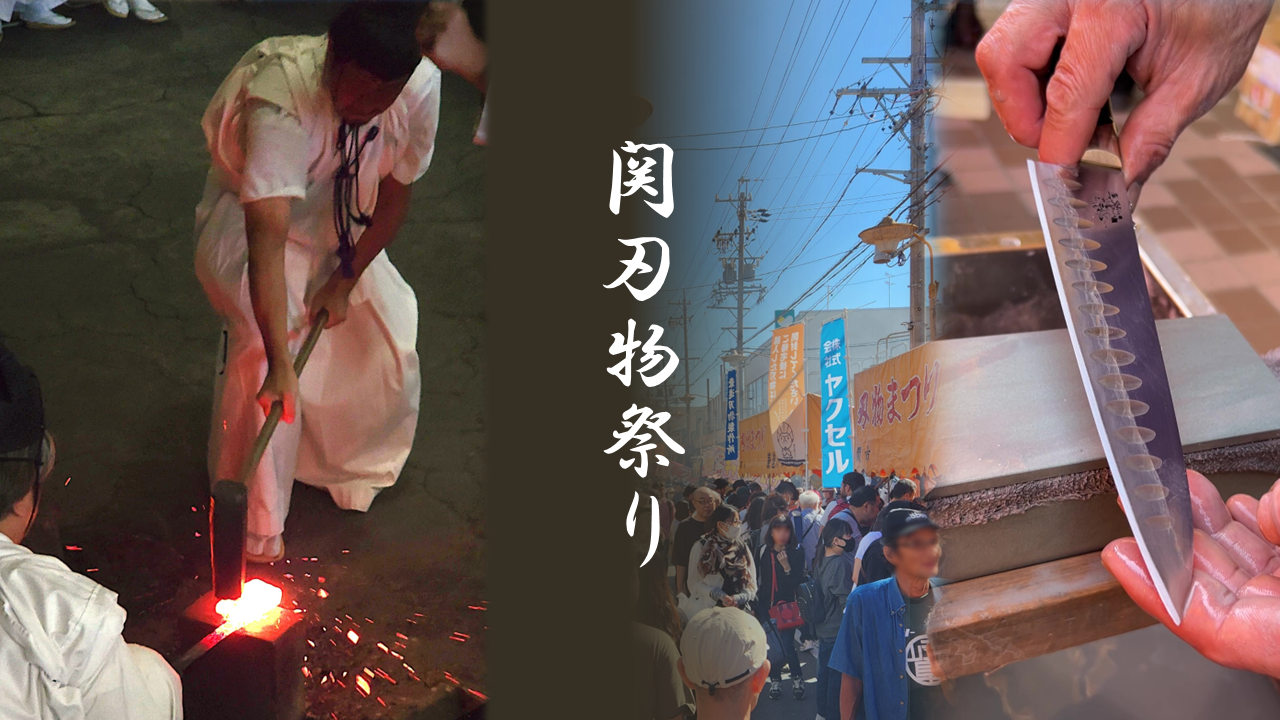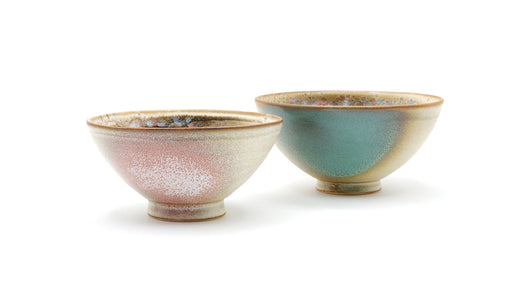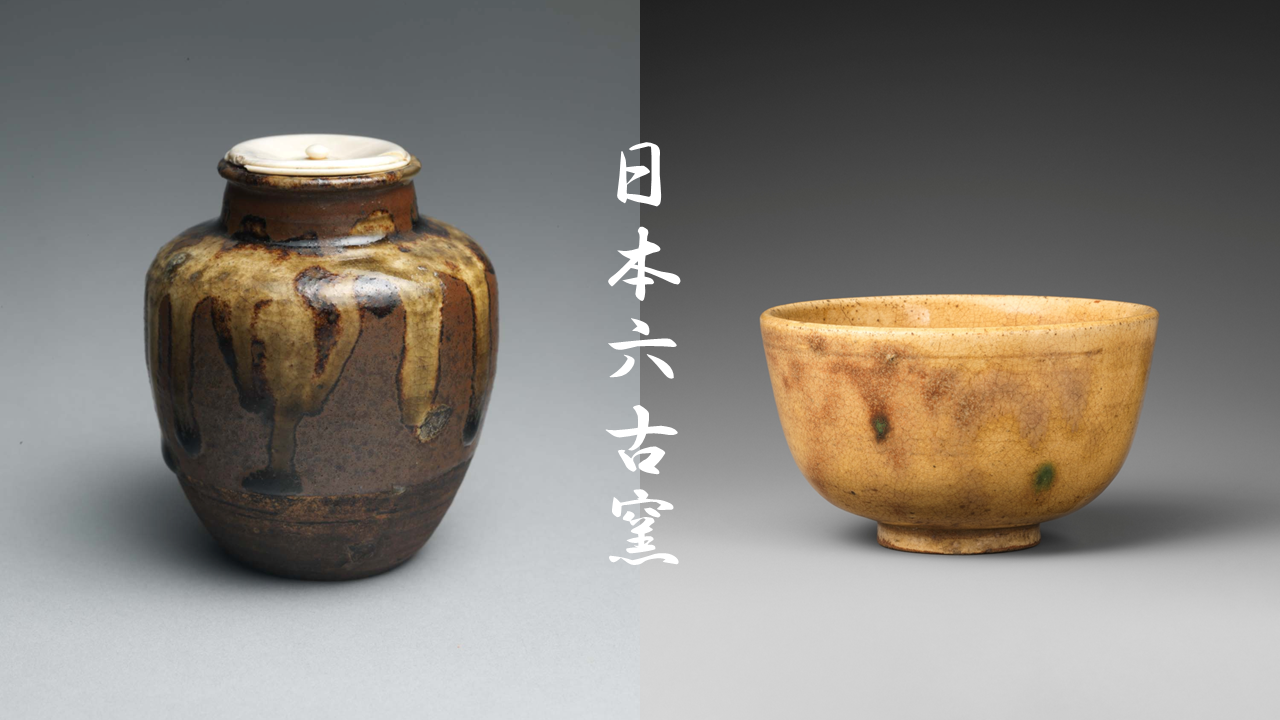
The Blade Festival: Japan’s Celebration of Knives and Swords
Discover the legacy of Seki’s knife-making tradition and the Hamono Matsuri, Japan’s iconic festival celebrating centuries of craftsmanship and culture.
- Japan’s Legendary Blade-Making Heritage
- Seki: The Heart of Japan’s Modern Cutlery Industry
- Preserving Traditional Craftmanship
- Promoting Local Artisans and the Economy
- A Feast for All Senses: Food and Tea Culture
- Fostering Cultural Exchange Through Blades
- The Feather Museum of Razor (フェザーミュージアム)
- Where History and Craftsmanship Unite
- FAQ about the Japan Blade Festival
Japan’s Legendary Blade-Making Heritage
Japan is renowned for its knife-making tradition, or more precisely, its blade-making tradition, considering that the production of Japanese knives as we know it today directly derives from the sword-making heritage of feudal Japan. (For more in-depth information on Japanese knife history, take a look at this article.)
Seki: The Heart of Japan’s Modern Cutlery Industry
Cities like Seki in Gifu Prefecture, Miki in Hyogo, Sakai in Osaka, and Echizen in Fukui are among the most famous blade-making areas in Japan, producing what some consider to be the finest knives in the world.
Seki itself is considered the home of modern Japanese kitchen cutlery, boasting a rich history of over 800 years, encompassing the production of swords, knives and, more recently, razor blades.
Nowadays, it is home to some of the most respected knife-making brands like Kai as well as state-of-the-art Razor blades manufacturers like Feather Safety Razors.
Thanks to this rich history, Seki has been home of the Hamono Matsuri (刃物祭り- literally the “Festival of the Blades” commonly known as “Seki Cutlery Festival”) since 1968, an important event that continues till this day, lasting for more than half a century.

Preserving Traditional Craftmanship
By showcasing the intricate art of swordsmithing, the festival helps preserve this ancient tradition for future generations.
The Seki Traditional Swordsmith Museum (関鍛冶伝承館)
At the Seki Traditional Swordsmith Museum (関鍛冶伝承館), besides being able to view some incredible swords and blade-related art pieces, it is also possible to witness Japanese traditional sword making.
Japanese blacksmiths in traditional clothes will showcase their mastery in handling high carbon steel, fire, and hammers, providing you with a firsthand experience of this labour-intensive process called in Japanese Koshiki Nihontō Tanren (古式日本刀鍛錬 – Literally “Old style Japanese style forging”).
The museum itself is also a great opportunity to peek into the history of the fascinating world of the samurai.
On top of that, the festival also features traditional Japanese dances, music, and other cultural performances that add to the lively festive atmosphere.


Explore our line of Seki Knives made from SK carbon steel
Promoting Local Artisans and the Economy
The event attracts visitors from all over Japan and overseas, boosting the local economy through tourism and retail sales of Seki's famous blades and related products.
The Cutlery Market (刃物大廉売市)
The highlight of the Cutlery Festival is the Cutlery Market (刃物大廉売市) where many stands line the bustling main street of Honchō (本町通り), offering visitors the chance to buy a wide variety of excellent "Seki cutlery," including kitchen knives, scissors, nail clippers, and more, all available at special festival prices.
Exclusive festival-only items guarantee fantastic deals on top-notch blades.
This not only supports local artisans but also presents a fantastic opportunity to purchase items at a special discounted price.

The Seki Outdoor Knife Show (関アウトドアズナイフショ)
Another standout attraction is the Seki Outdoors Knife Show (関アウトドアズナイフショ), attracting knife enthusiasts from across the country.
This event features an impressive lineup of knives, including offerings from local factories and artisans, not just from Japan but also from overseas.
Visitors can explore limited edition knives and enjoy special festival discounts.
A Feast for All Senses: Food and Tea Culture
Beside the blades, food also plays a prominent role in this festival.
Just like at any matsuri in Japan, families gather in the bustling streets, drawn by a wide variety of local specialties and street gourmet.
You can find Ikayaki (イカ焼き- grilled squids, popular seafood snack), Okonomiyaki (お好み焼き, a savory pancake with various toppings), Takoyaki (たこ焼き, octopus-filled batter balls), Taiyaki (タイ焼きa Japanese fish-shaped cake that's typically filled with sweet red bean paste or custard) or unusual cheese filled cakes called Jū Yen Pan (10円パン- “Ten Yen Bread” as it is literally shaped as a ten yen coin and it is similar in texture to a Taiyaki, but filled with cheese).
Tea leaves are also sold, offering the opportunity to purchase high-quality tea directly from farmers.

Fostering Cultural Exchange Through Blades
Overall, the festival helps people from different backgrounds come together to appreciate the art and history of Japanese sword-making.
The Feather Museum of Razor (フェザーミュージアム)
A particular mention goes to the Feather Museum of Razor (フェザーミュージアム)
This unique museum offers a fascinating glimpse into the world of Japanese razor and blade through the rich history of the Feather Safety Razor Co., Ltd., renowned for its high-quality razors and blades.
Beside celebrating over 10,000 years of historical practices in blade-making (from obsidian stone to high precision scalpels for surgical operations) it offers a unique educational experience for both children and adults, blending history, culture, and hands-on learning.

Where History and Craftsmanship Unite
The Hamono Matsuri in Seki is a special event where you can experience Japan's long history of making swords and knives.
You can watch skilled craftsmen create these beautiful blades and explore the newest knife trends and technology.
Whether you're interested in history or love knives, this festival has something for everyone.
With traditional dances, delicious food, and great shopping, the Hamono Matsuri is a wonderful way to enjoy Japan.
Check our MADE in SEKI SK Carbon Gyuto Japanese Knife | Minamoto Mitsukane | 210mm (8.3")
FAQ about the Japan Blade Festival
The Hamono Matsuri, or Seki Cutlery Festival, is Japan’s most iconic event dedicated to blades. Here are some of the most common questions visitors have about this fascinating celebration of craftsmanship and culture.
When does the Seki Blade Festival take place?
The Hamono Matsuri is held every year in October in Seki City, Gifu Prefecture. The event typically spans two days over a weekend, attracting both local residents and international visitors.
What can visitors see at the Seki Blade Festival?
Visitors can watch live sword-forging demonstrations, explore knife exhibitions, and attend workshops led by master artisans. The event also includes cultural performances, food stalls, and traditional Japanese music.
Is the Seki Blade Festival only for knife collectors?
Not at all. While knife enthusiasts will love the exhibits, the festival also welcomes families, tourists, and anyone interested in Japanese culture, craftsmanship, and food.
Where is the festival held within Seki City?
The main venue is the Honchō Street area, where the Cutlery Market (刃物大廉売市) and outdoor knife shows take place. Additional events are hosted at the Seki Traditional Swordsmith Museum (関鍛冶伝承館).
Can I buy knives or blades at the festival?
Yes, the Cutlery Market offers a wide selection of kitchen knives, scissors, and handcrafted tools from Seki’s local makers. Many items are sold at special festival prices, including exclusive limited editions.
Are there demonstrations of Japanese sword-making?
Yes. Traditional blacksmiths perform live sword-forging demonstrations known as “Koshiki Nihontō Tanren” (古式日本刀鍛錬), showcasing the ancient techniques used in samurai sword production.
Is there food available at the Seki Blade Festival?
Absolutely. Visitors can enjoy classic Japanese festival foods such as Takoyaki, Okonomiyaki, Taiyaki, and local specialties like Ikayaki and Jū Yen Pan, along with fresh tea from regional farmers.
How can I reach Seki City from Tokyo or Kyoto?
From Tokyo, take the Shinkansen to Nagoya Station, then transfer to the Meitetsu Line bound for Seki. From Kyoto, a similar route via Nagoya makes the trip smooth and convenient for day travelers.



